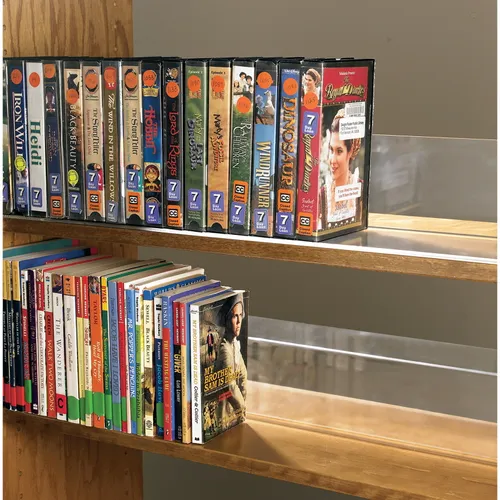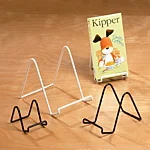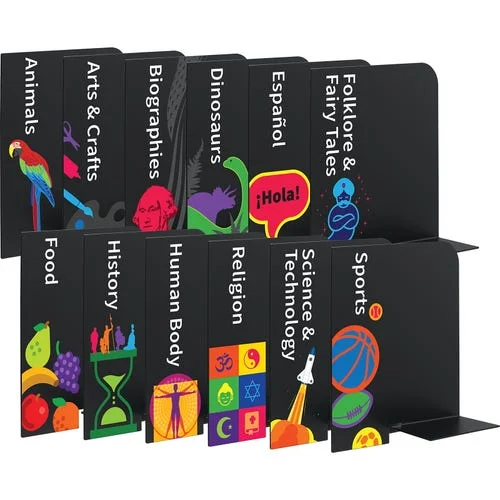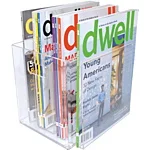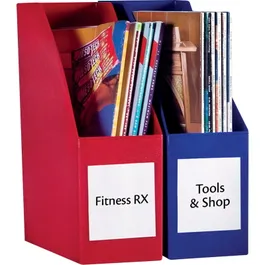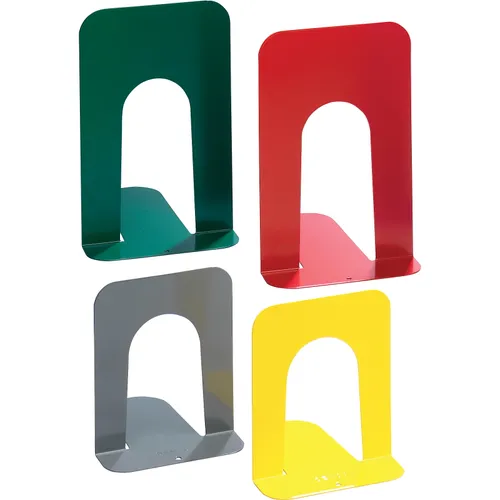Circulation System in Libraries سرکولیشن سسٹم کون سے ہیں
irculation systems in libraries refer to the methods and technologies used to manage and track the lending and returning of library materials, such as books, DVDs, CDs, and other items, to patrons. There are several different types of circulation systems that are used in libraries, including:
- Manual Circulation System: This is a traditional system in which library staff manually check out materials to patrons, using a card or a paper slip. The staff also manually check in materials when they are returned, updating the status of the materials in the library’s catalog.
- Automated Circulation System: This is a more modern system in which library staff use barcode scanners and software to check out and check in materials. The system also manages patron accounts and tracks materials, making it easier for staff to locate and manage materials.
- Self-Checkout System: This system allows patrons to check out materials on their own, using a self-checkout kiosk. These systems typically use barcode scanners, and the patron’s library card, to check out and check in materials.
- RFID (Radio-Frequency Identification) Circulation System: This system uses RFID technology to track library materials, which eliminates the need for barcode scanning. Patrons can check out materials using an RFID reader and their library card, and check in materials using an RFID return station.
- Digital Circulation System: This is a system in which library patrons can access and borrow digital materials, such as e-books and audiobooks, using their library card. These digital materials can be accessed through the library’s website or through a mobile app.
Each of these systems has its own advantages and disadvantages, and the choice of which one to use will depend on the size and needs of the library, as well as the available budget and technology.
In summary, Circulation systems in libraries refer to the methods and technologies used to manage and track the lending and returning of library materials to patrons. There are several different types of circulation systems, including manual, automated, self-checkout, RFID, and digital circulation systems. Each of these systems has its own advantages and disadvantages, and the choice of which one to use will depend on the size and needs of the library, as well as the available budget and technology.
Some other famous library circulation systems include:
- Alexandria – A web-based library automation system used by libraries of all sizes around the world. It includes features such as cataloging, circulation, and patron management.
- Koha – An open-source integrated library system used by libraries of all types and sizes. It includes modules for cataloging, circulation, and patron management.
- Symphony – A library management system developed by SirsiDynix, a leading provider of library technology solutions. It includes modules for cataloging, circulation, and patron management, as well as other features such as e-resource management and analytics.
- Horizon – A library automation system developed by Innovative Interfaces, a company that specializes in library technology solutions. It includes modules for cataloging, circulation, and patron management, as well as other features such as acquisitions and serials management.
- Evergreen – An open-source integrated library system used by libraries of all types and sizes. It includes modules for cataloging, circulation, and patron management, as well as other features such as acquisitions and serials management.
- Millennium – A library management system developed by Innovative Interfaces, a company that specializes in library technology solutions. It includes modules for cataloging, circulation, and patron management, as well as other features such as acquisitions and serials management.
-
A manual library circulation system is a system in which library staff process transactions such as checking out and returning books manually, without the use of computer technology. This typically involves using a card catalog, paper forms, and a physical check-out and check-in process.
In a manual library circulation system, library staff will typically use a card catalog to locate books and keep track of their availability. When a patron wants to check out a book, the staff member will find the card for that book in the catalog and fill out a paper form with the patron’s information. The staff member will then physically check out the book to the patron by stamping or writing the due date on the book, and giving the book to the patron.
When the patron returns the book, the staff member will check it in by checking the due date, and returning the book to its proper place on the shelves. This system can be prone to errors and inefficiencies, but it can still be used in small libraries or in places where resources are scarce.
Circulation System in Libraries سرکولیشن سسٹم کون سے ہیں Read More »

